Beth Hodge of Echo Farm Puddings shares a day in the life of a dairy farmer. Enjoy!
I had a great idea for a blog post, but…..
….I just needed a minute to plop myself down and write it. I had planned on getting up early today but, when the alarm went off at 4:30 a.m., I realized that it was way too dark to take pictures anyway!
And then, I thought, it would be better to post right after I finished this morning’s milking.
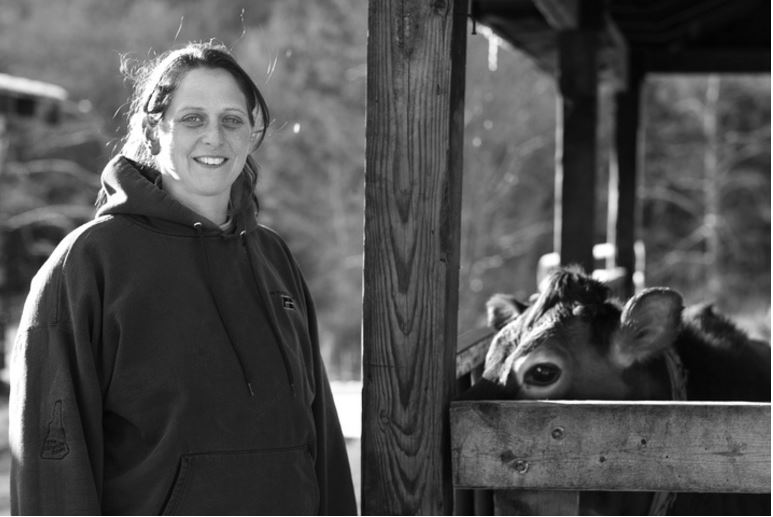
On our farm, we milk 100 cows twice a day in a parlor. Our parlor allows one person to milk 8 cows at a time. It takes us 4 hours to complete the milking that we start at 6:00 a.m.
But, then I noticed Raz-ma-taz was just starting to go into labor! I really needed to make sure that her labor and delivery went smoothly and that mom and the baby were both okay before I stopped to post.
Cows, like all mammals, have to have a calf in order to start producing milk. The average labor lasts about 2-3 hours. Calves are born in a “superman” position with their front feet coming first, followed by the head. We always like to be on hand when a cow is calving to make sure that the cow delivers normally and does not need assistance.
So, I thought I’d do the post just as soon as the calf was born. But, I wanted to make sure the baby was doing okay, as newborn calves are the most vulnerable right after they are born. They need to be clean and dry and most importantly, they need to be fed their mother’s first milk, colostrum, which is full of antibodies to fight disease as well as vitamins, minerals, and energy and protein that are absolutely essential for the calf’s survival. I figured that I would not be the best dairy farmer I could be if I went inside and posted before I fed Raz-ma-taz’s calf!
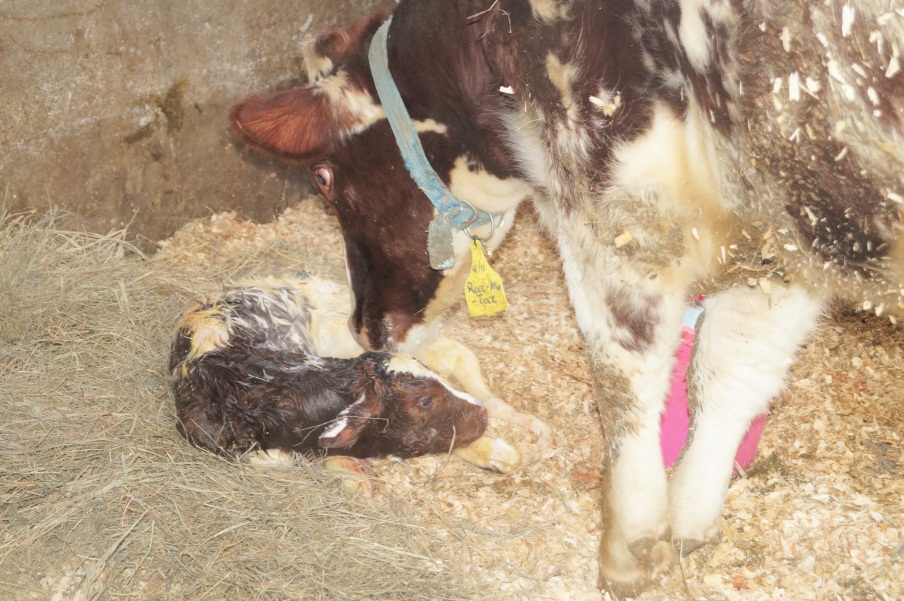
After the calf was born, I knew I needed to tend to the other cows and be sure they have plenty of food available, so I took the time to push in the feed so the milk cows can reach it. And then I would definitely complete my blog post.
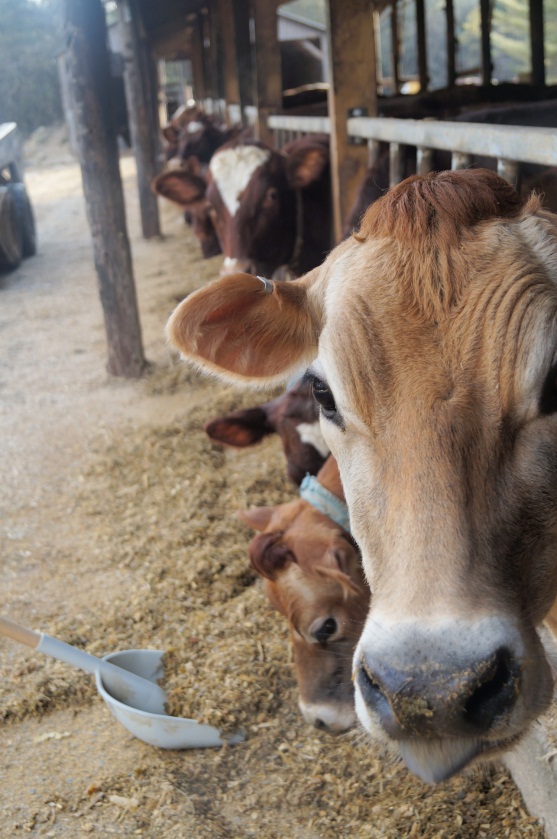
Our cows eat about 90 lbs of feed per day and we will push the feed closer at least 4 or 5 times between milkings. This stimulates the cows to get up and eat more often which is essential for their health and well-being. The average cow uses the same amount of energy to produce milk in one day as it would take a man to run two consecutive marathons.
Talk about needing to carbo-load!
And if I’m being so responsible, I really shouldn’t skip checking the “fresh cows.” So, I decided that I would check them over quickly before I go start the post.
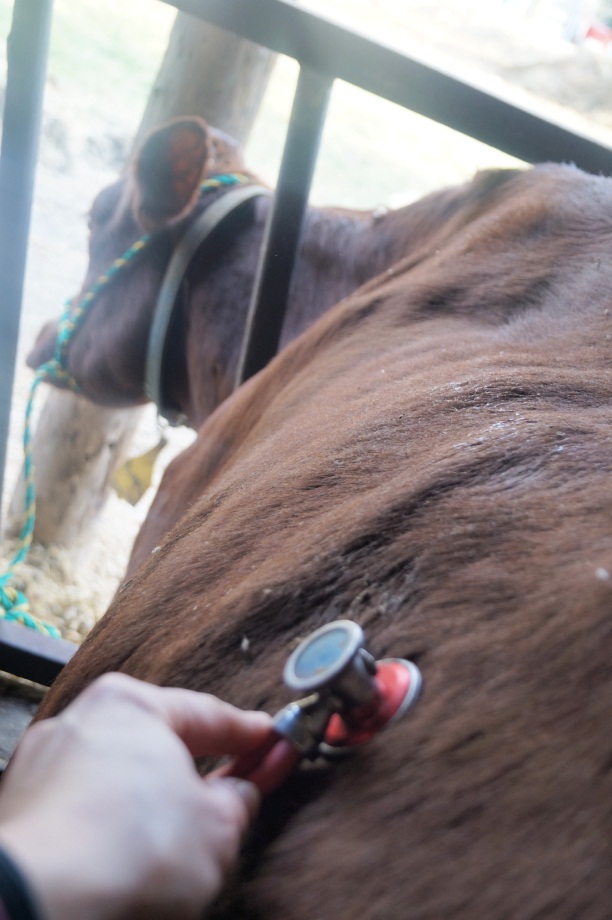
Fresh cows are cows that have recently given birth to calves. On our farm, we check our fresh cows for at least the first 10 days after they calve by taking their temperature and listening to their stomach with a stethoscope. A healthy cow will have a full stomach that turns 1-2 times per minute. Each time her stomach contracts and turns, it sounds like waves crashing at a beach through the stethoscope. Listening to her stomach every day helps us to ensure that she is eating well and getting her lactation off to a healthy start!
And, then it was almost time to clean the barn so, I thought I’d better do that before I post.
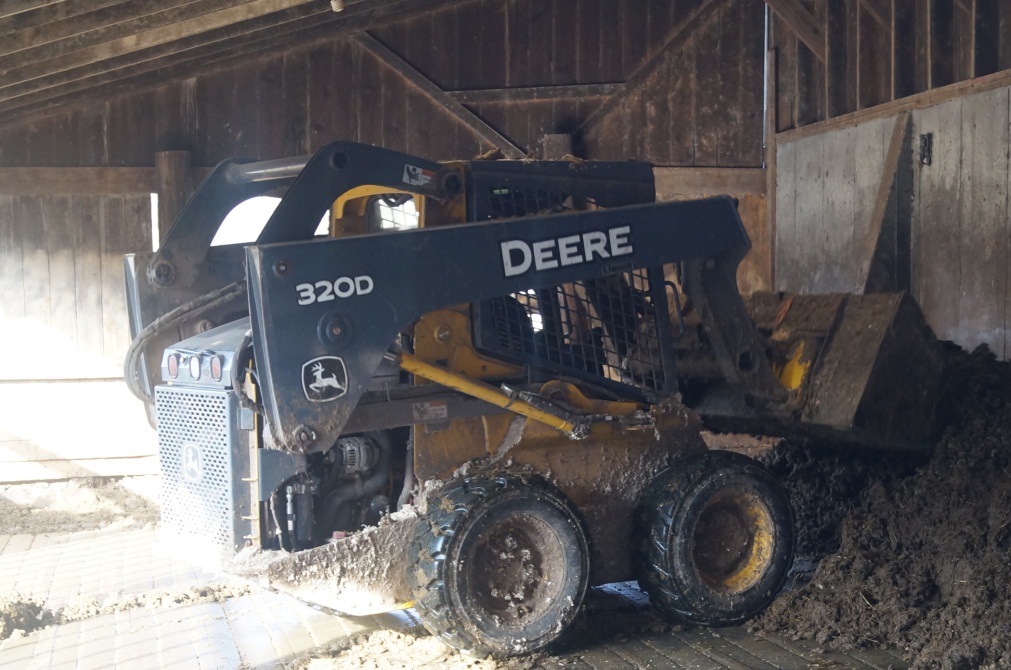
And, then it was 5:00pm and just about time for afternoon milking, so I thought I’d do that first and then post.
Then I thought, “This is crazy. I would be so much more awake and coherent if I decided to get up early and post.” So, I set my alarm for 4:30 a.m. and drifted off to sleep…..
Sometimes being a dairy farmer means you never know what your day will look like!
—————————————————————————————————-
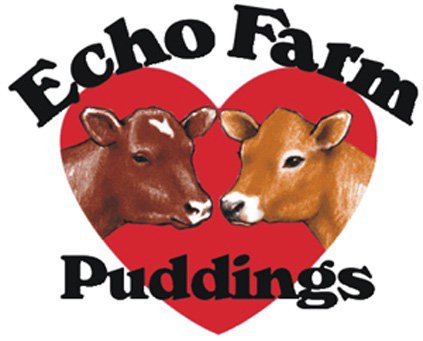 Thank you to Beth for sharing what it’s like to be a (very busy!) dairy farmer. Did you know almost all dairy farms in America are family owned and operated? If you didn’t, now you do!
Thank you to Beth for sharing what it’s like to be a (very busy!) dairy farmer. Did you know almost all dairy farms in America are family owned and operated? If you didn’t, now you do!
Learn more about Echo Farm Puddings and where you can purchase these delicious farm-fresh treats by visiting EchoFarmPuddings.com.
